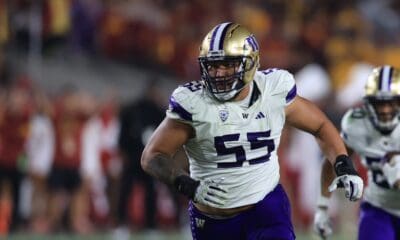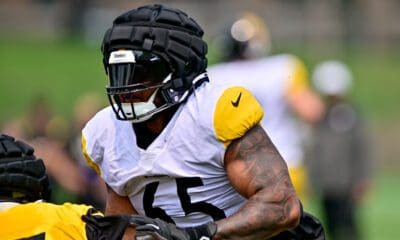2021 NFL Draft
How Does Steelers Pick Najee Harris Compare to Other Alabama RBs in NFL?
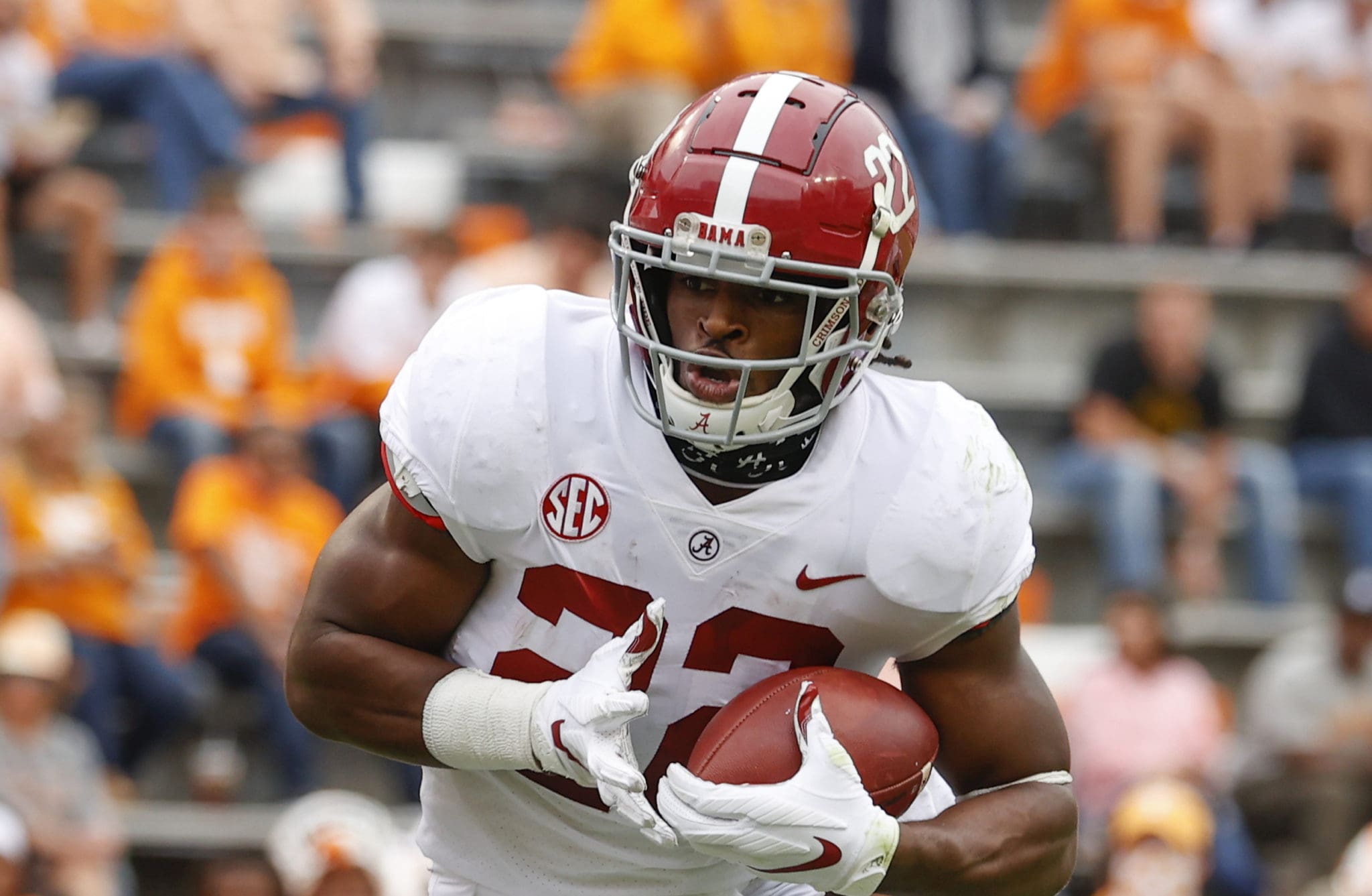
When the Steelers drafted Alabama running back Najee Harris in the first round of the 2021 NFL Draft on Thursday, he joined a somewhat elite company.
Harris became the fourth Alabama running back to be drafted in the first round and the 10th Tide rusher to be selected in the last 11 years, starting with Nick Saban’s first full recruiting class at Alabama, which featured star running back Mark Ingram.
Since then, Alabama has featured a dominant rushing attack that routinely finishes near the top of the nation, and this past season was no different.
“There’s now seven active running backs,” Harris said. “It just shows you really how dominant Coach Saban can be, but really just how focused we are at Alabama at achieving what we want to do. I mean, nothing ever changes.”
Harris ran for 1,466 yards, which was second only to Iowa State’s Breece Hall among major-conferee running backs, and his 26 touchdowns were tops in the entire country.
Harris also contributed in the Tide passing game, with another 425 yards and four scores, but purely as a rusher, how does he compare to the Alabama backs that came before him?
Let’s start with taking a look at the full list.
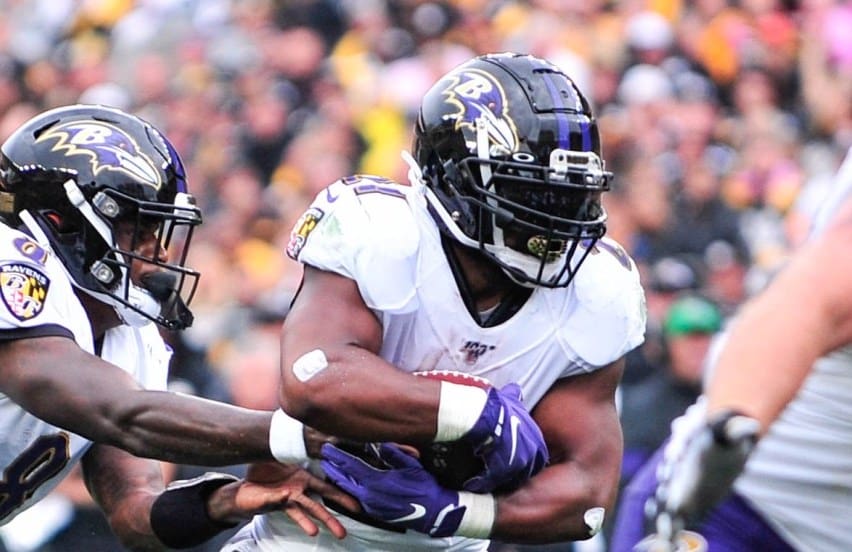
Ed Thompson, Steelers Now
Alabama RBs in NFL Draft, 2011-present
2011, Mark Ingram, 1st Round No. 28, New Orleans
2012, Trent Richardson, 1st Round No. 3, Cleveland
2013, Eddie Lacy, 2nd Round No. 61, Green Bay
2015, T.J. Yeldon, 2nd Round No. 36, Jacksonville
2016, Derrick Henry, 2nd Round No. 45, Tennessee
2016, Kenyan Drake, 3rd Round No. 73, Miami
2018, Bo Scarbrough, 7th Round No. 236, Dallas
2019, Josh Jacobs, 1st Round No. 24, Oakland
2019, Damien Harris, 3rd Round No. 24, New England
2021, Najee Harris, 1st Rd No. 24, Pittsburgh
There are some bona fide stars in there, with Henry as the consensus top back in the league right now and Ingram, Jacobs and Lacy each also earning Pro Bowl nods.
There are also some notable disappointments. Richardson lasted just three seasons in the league, while Yeldon, on his second team in Buffalo, was barely used last season.
So based on what they did, running behind the same kind of talented Alabama offensive line, in similar offense schemes, did Harris’ college numbers look more like Henry or Richardson?
First up, here’s their NFL combine results, with a focus on their size and speed.
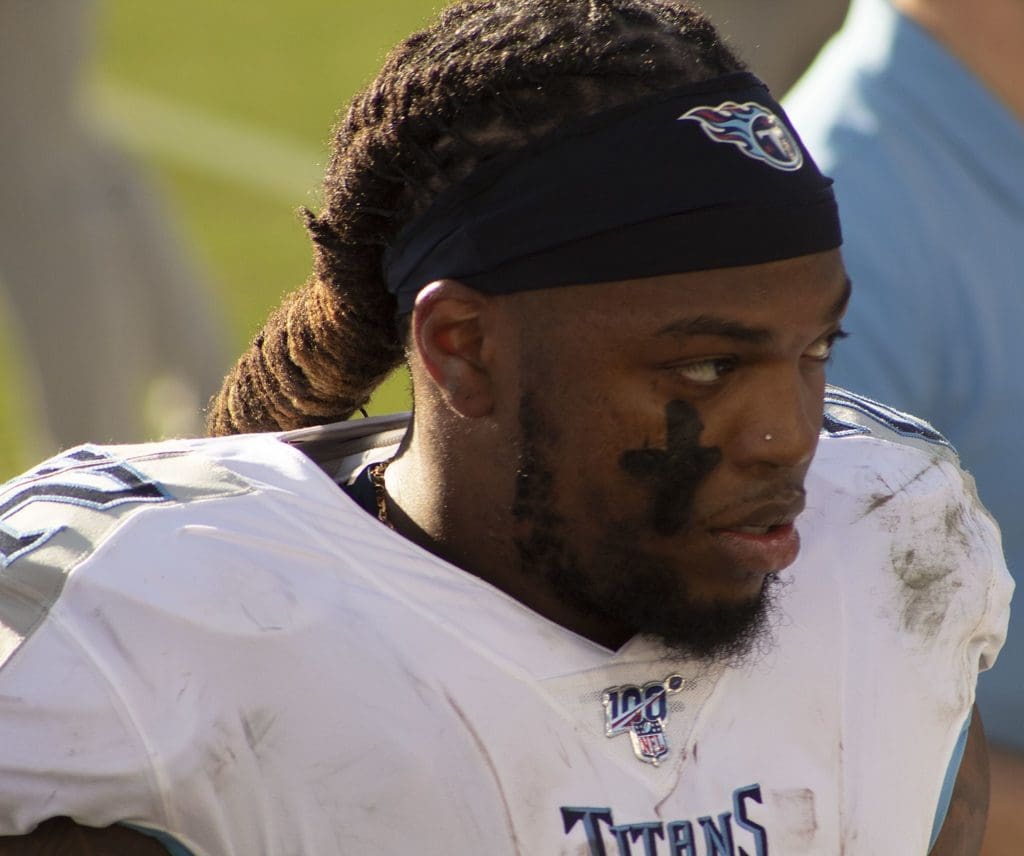
Alabama RBs, Combine/Pro Day Results
2011, Mark Ingram, 5-foot-9, 215 pounds, 4.62-second 40-yard dash
2012, Trent Richardson, 5-foot-9, 228 pounds, 4.49-second 40-yard dash
2013, Eddie Lacy, 5-foot-11, 220 pounds, 4.55-second 40-yard dash
2015, T.J. Yeldon, 6-foot-1, 226 pounds, 4.61-second 40-yard dash
2016, Derrick Henry, 6-foot-3, 247 pounds, 4.54-second 40-yard dash
2016, Kenyan Drake, 6-foot-1, 210 pounds, 4.45-second 40-yard dash
2018, Bo Scarbrough, 6-foot-1, 228 pounds, 4.52-second 40-yard dash
2019, Josh Jacobs, 5-foot-10, 220 pounds, 4.6-second 40-yard dash
2019, Damien Harris, 5-foot-10, 216 pounds, 4.57-second 40-yard dash
2021, Najee Harris, 6-foot-1, 232 pounds, 4.45-second 40-yard dash
When in comes to size, Harris is pretty much dead in the middle of the pack when it comes to the Alabama backs. He’s taller and heavier than average, roughly in proportion, but also quicker than the average by a tenth of a second and tied for the fastest back in the bunch. He’s just as fast as Drake while weighing 12 more pounds, and faster than Yeldon and Richardson despite weighing more than both.
There also doesn’t seem to be any sort of pattern here with the size outliers, either way. Henry, the tallest back, has the best pro career, but Ingram, tied for the shortest, is probably second-best. Henry is the heaviest but fellow Pro Bowler Drake is the lightest.
The same thing goes for speed, with Ingram the slowest. Drake was the quickest and has done fine in the NFL, but Richardson was the second-fastest and was a disappointment.
What about when it comes to collegiate productivity?
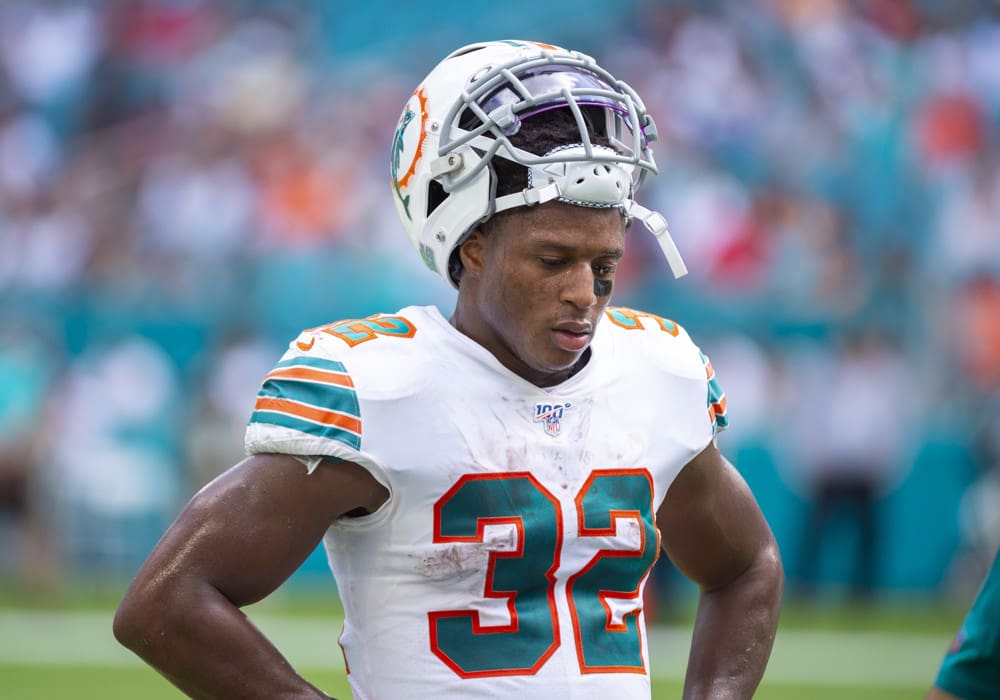
MIAMI GARDENS, FL – SEPTEMBER 15: Miami Dolphins Running Back Kenyan Drake (32) looks down at the field during the NFL game between the New England Patriots and the Miami Dolphins at the Hard Rock Stadium in Miami Gardens, Florida on September 15, 2019. (Photo by Doug Murray/Icon Sportswire)
Alabama RBs, YPC, Draft Season
2010, Mark Ingram, 5.5
2011, Trent Richardson, 5.9
2012, Eddie Lacy, 6.5
2014, T.J. Yeldon, 5.0
2015, Derrick Henry, 5.6
2015, Kenyan Drake, 5.3
2017, Bo Scarbrough, 4.8
2018, Josh Jacobs, 5.3
2018, Damien Harris, 5.8
2020, Najee Harris, 5.8
Once again, Harris is above the previous average of 5.52, but once again, there are confounding results that make a conclusion hard to come by. Lacy and Richardson were the most productive collegiates, but not the best pros. Drake and Jacobs were on the low end at Alabama but more productive in the NFL.
So which Bama backs turned out to be the best in the league? Let’s stick with yards per carry:
Alabama RBs, YPC, NFL Career
Mark Ingram, 4.6
Trent Richardson, 3.3
Eddie Lacy, 4.2
T.J. Yeldon, 4.1
Derrick Henry, 5.0
Kenyan Drake, 4.5
Bo Scarbrough, 4.3
Josh Jacobs, 4.3
Damien Harris, 5.0
The average here is 4.37 yards per carry, with Henry’s heavy workload and Damien Harris’ much smaller sample leading the way and Richardson and Yeldon bringing up the rear.
If Harris is slightly larger than average, slightly faster than average and was slightly more productive than average in college, it should track that he’ll be slightly above average in the NFL, likely landing around Drake’s 4.5 or Ingram’s 4.6 yards per carry.
That’s good enough to be a lead back in the NFL and, when combined with Harris’ abilities in the receiving game, probably at least occasionally a Pro Bowler.




